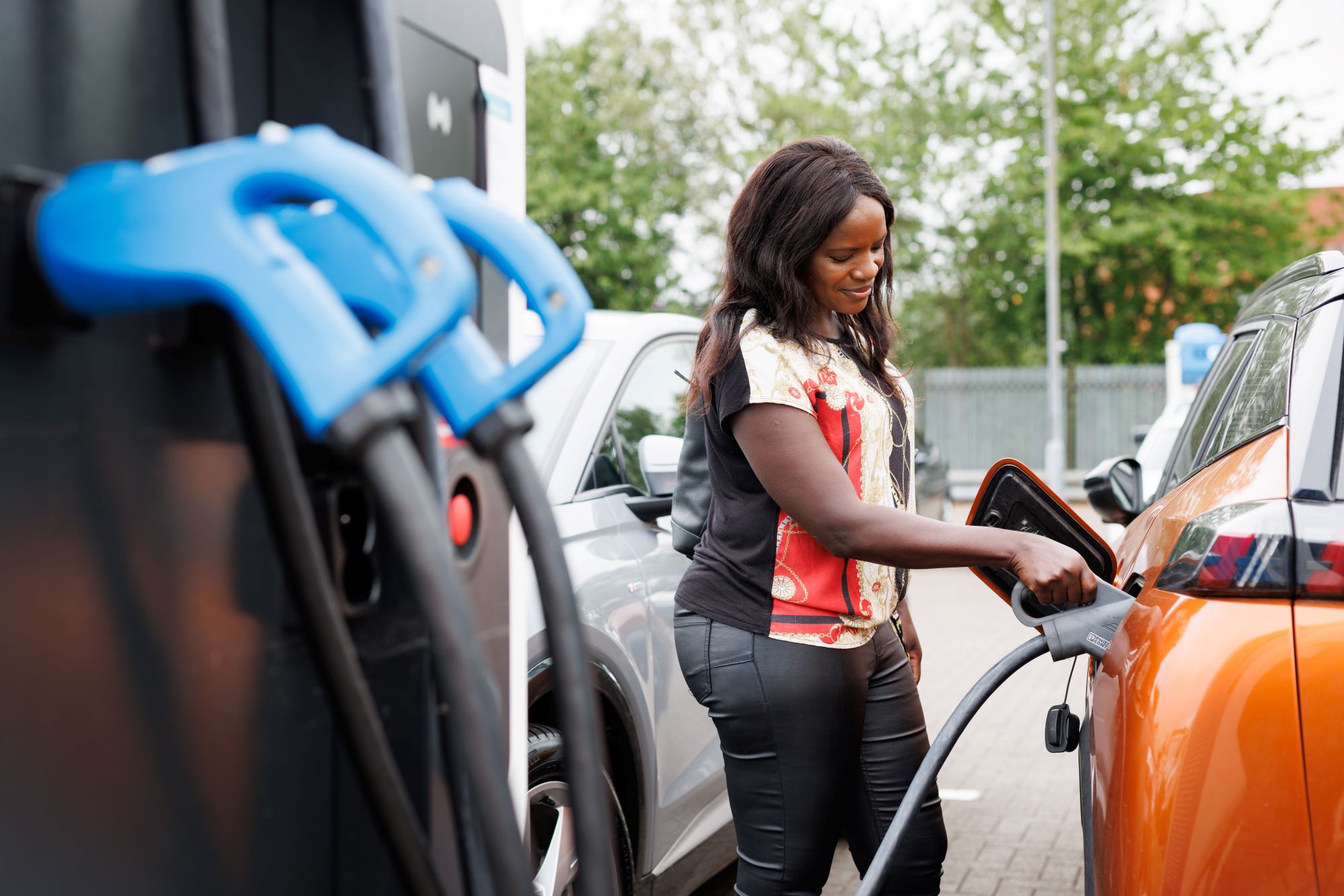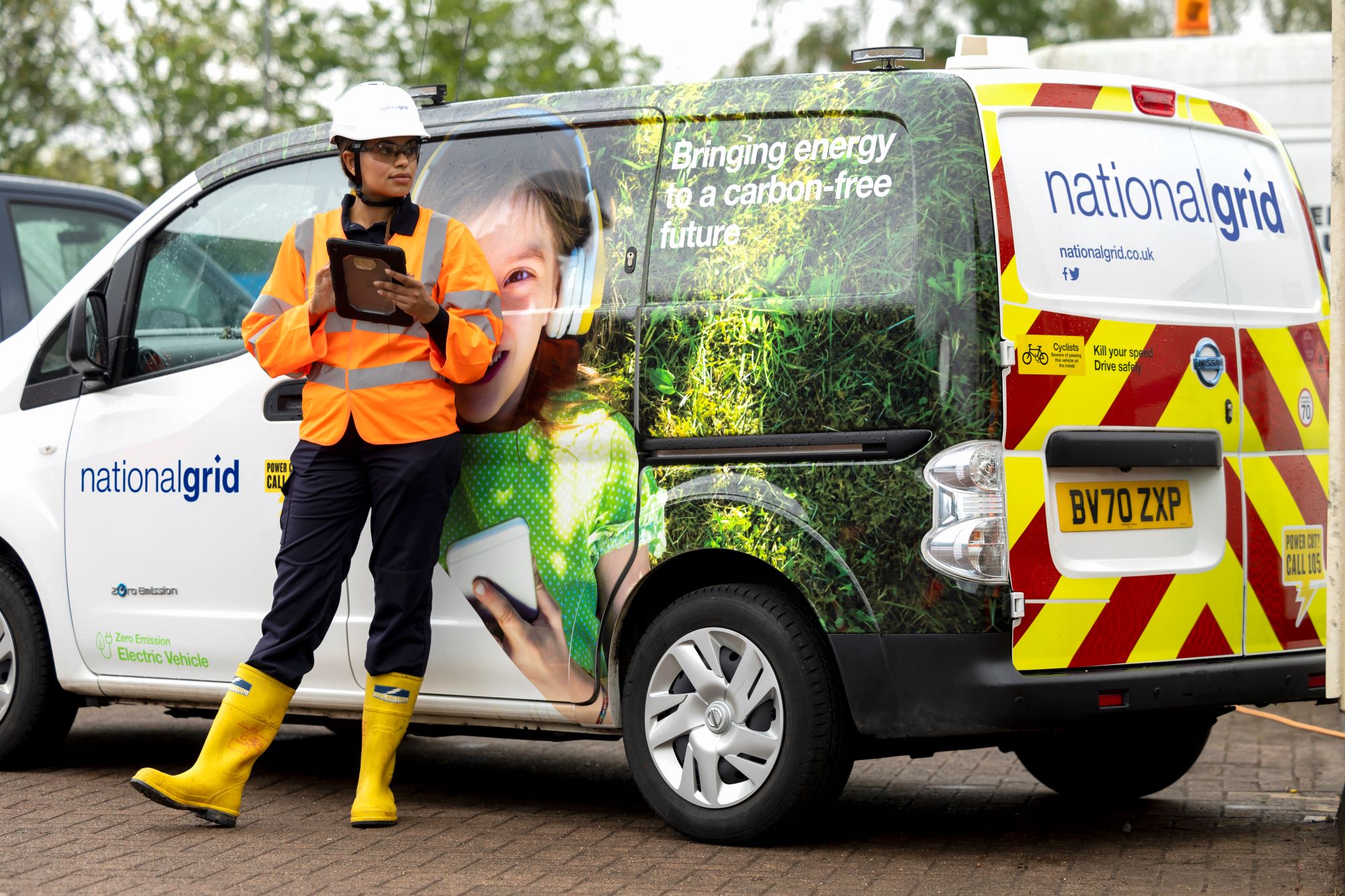Connected, flexible, resilient – building the electricity network of the future, today
Cordi O’Hara OBE, President
| National Grid Electricity Distribution
National Grid Electricity Distribution’s President Cordi O’Hara details how, during a period of change, the electricity distribution network is enabling a decarbonised electricity grid by 2035
The way we generate and consume energy is dramatically shifting, and at a speed that was unimaginable just a few years ago. I’ve spent over 25 years of my career working within the energy sector and in that time, I’ve seen low-carbon energy go from making up just 2.6% of our electricity supplies in 2003 to over 56% in 2023 – an incredible uplift.
Investment, innovation, and changes in behaviour have revolutionised the relationships between energy producers, networks, and the customer. As President of National Grid Electricity Distribution – the country’s largest distribution network operator (DNO) by geography – I’m looking at the year ahead and I’m excited about the opportunities to harness these continuing changes so that we achieve a decarbonised electricity grid by 2035.
Our organisation sits within the National Grid group, where we support electricity network development across the country. National Grid Transmission is responsible for the high voltage electricity highways that connect generators with local networks, and National Grid Ventures is investing in offshore electricity infrastructure and interconnectors. This gives us a unique opportunity to think about the whole system operation – from sea to socket.
Locally, it’s our job to ensure the safe and reliable operation of our network, supporting the lives and livelihoods of around 20 million people. Through 220,000 km of underground cables and overhead lines and 185,000 substations, we bring energy to life and connect more than 8 million homes and businesses in the Midlands, South West and Wales.
In April last year, all UK DNOs began operating under our new regulatory deal, ED2. For us, that means a £7bn investment programme that will continue transforming the local network to meet the needs of our customers, and 126 local authorities, supporting their net zero transition. A significant focus for us over the next few years is how we meet the exponential increase we continue to see for low-carbon technology connections to our network, both supply and demand.

Networks are committed to their role as enablers, speeding up connections and articulating the reform needed. We must work together to deliver in this area and, alongside Ofgem and the government, that is exactly what we are doing. As DNOs, we’ve aligned around a 3-point plan facilitated by the Energy Networks Association. These reforms will help us to release capacity to facilitate earlier connections, working with the ESO and Electricity Transmission, but they will also help our customers to make more informed choices and decisions.
Over the last six months I’ve spent time listening to our customers and working with them directly to co-create solutions for connecting more supply and demand to the grid. This has been instrumental in helping me understand some of the simple steps we can take to give customers the data they need.
This engagement was key in the development and launch of Clearviewconnect – our new product for connections customers that allows them to see projects at a grid supply point level, informing decisions and giving transparency to the connections pipeline.
 We’re making changes on the ground too and we’ll soon be announcing a new way of working with some third-party heat pump installers, allowing them to upgrade fuses directly rather than requiring us to do it for them, driving speed and simplification into the system to address increasing connection requests for heat pumps and EVs.
We’re making changes on the ground too and we’ll soon be announcing a new way of working with some third-party heat pump installers, allowing them to upgrade fuses directly rather than requiring us to do it for them, driving speed and simplification into the system to address increasing connection requests for heat pumps and EVs.
But the work doesn’t stop there. As an industry, we’re implementing fundamental changes at a distribution, transmission, and system operator level to improve the connections pipeline and allow projects that are ready to connect to energise, rather than waiting in line behind schemes that have stalled due to finance or planning. At the national level 50GW of additional capacity has been released, and 10GW of battery storage accelerated.
At distribution level, we were able to identify 10GW of additional connections capacity in our region, which has allowed us to engage over 200 customers in conversations about accelerating their grid connections by up to five years – we’ve been able to support one customer to bring their connection forward from 2036 to this year.
It's important too that we think about improving the connections journey for the high volume, low voltage customers too. I’m clear that digitisation is the way we do this, and we’re bringing forward new self-serve connections products to the residential market, allowing customers to complete EV applications and submit connections quotes online and get an instant reply. In fact, 60% of our EV connections are now approved in 2 seconds rather than 2 days.
I don’t pretend we’ve fixed all the challenges, or shy away from the need for reform – I am a great champion of it. I want to be clear on one thing though; the distribution network is not full nor is it closed for new customers. Every day we’re supporting homes, businesses, and communities as we energise new connections and this year, we’re on track to connect 25% more volume to our network compared to 2022/23.
Looking forward, I’m excited by the incredible movement and cooperation between the industry, government, Ofgem and customers to make sure our priorities are aligned and that we are collaborating in the interest of customers to build the network of the future, today.
To find out more about our work at National Grid Electricity Distribution, please reach out to the Public Affairs team at edpublicaffairs@nationalgrid.com
